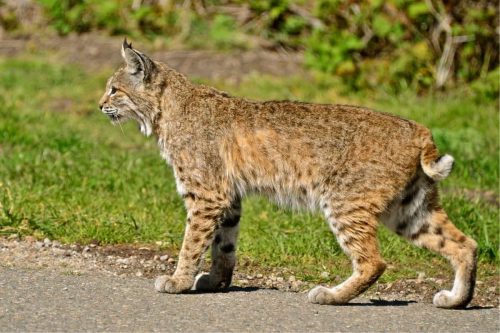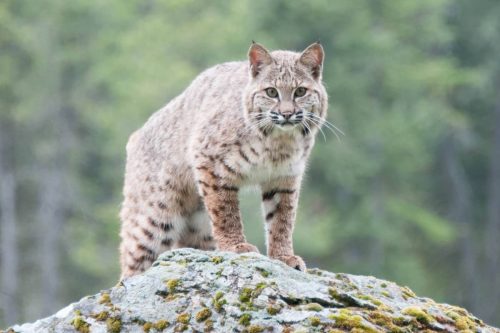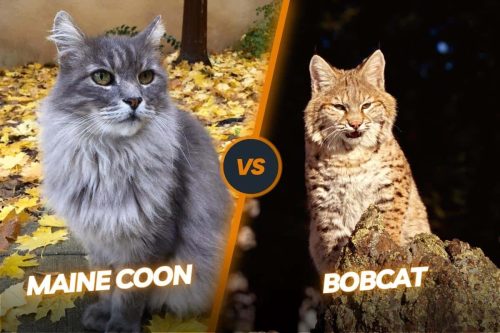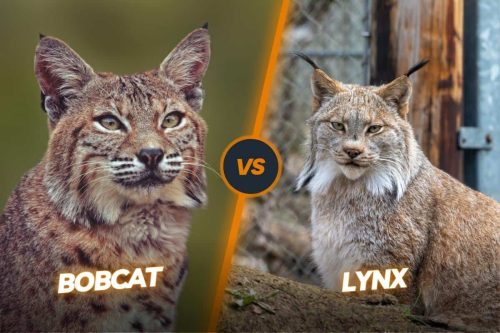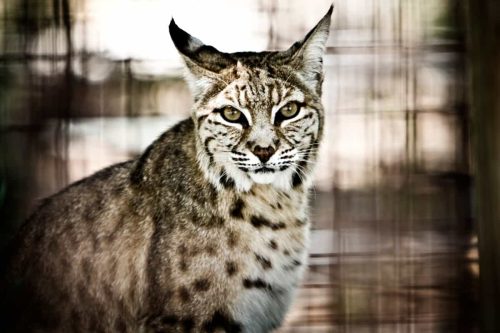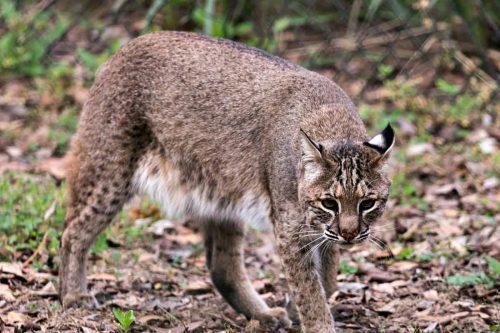Bobcat Colors: What Color Are Bobcats?
Bobcat is a quite famous wild cat of North America which shows resemblance with a lot of many other cats of the region. It may be extremely difficult to pinpoint the presence of bobcats if you don’t know about their color patterns as these cats exhibit a variety of colors under various circumstances. These cats might come in reddish-brown, black, or gray colors. It all depends upon their habitat, surrounding environment, and many other factors. In this article, we are going to explore the exact bobcat colors pattern to clear your confusion about them.
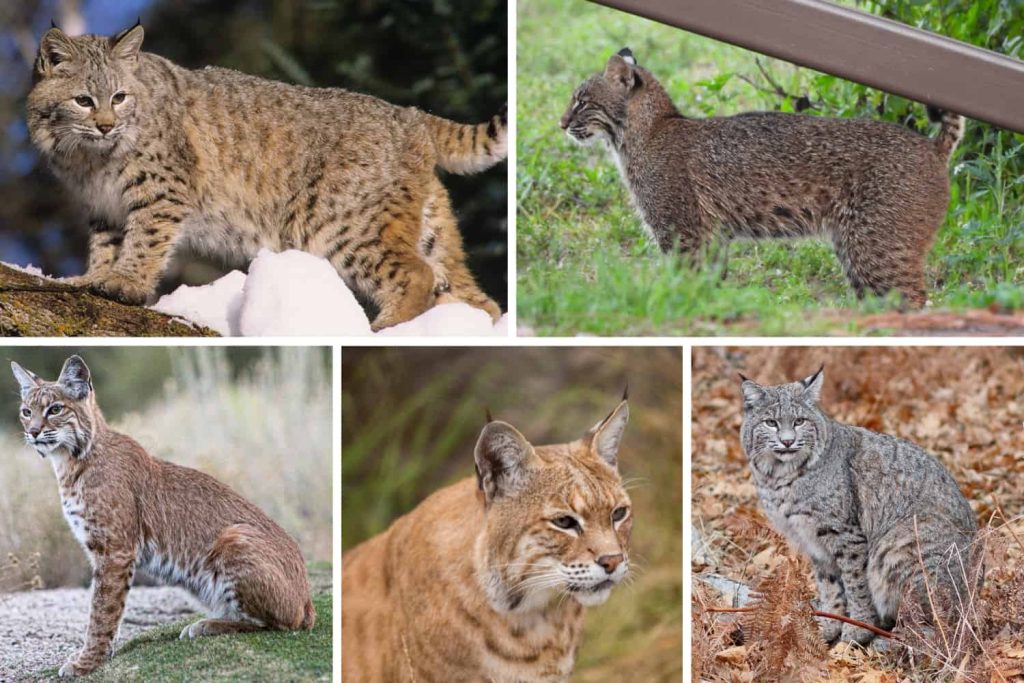
Contents
What color are bobcats?
Generally, bobcats come in red or brown color. Sometimes, you also feel the mixture of reddish brown color. Usually, the colors are ranging from gray to reddish brown. In rare cases, they come in full-fledged black or white colors. Black color bobcats are called Melanistic cats while white color cats rarely exist and they exist as a result of albinism.
The color pattern of bobcats depends upon the season, habitat, weather, and region. Bobcats also have a lot of spots and stripes on their bodies. This unique mixture of bobcat colors highly helps them easily blend in the local habitat and keep themselves safe from their predators.
However, the underside of the bobcat fur is always white in color. Bobcats also have white color spots on the back of their black color ears. Moreover, bobcat tails have black colored tips and are white in color undersides.
Classification of Bobcat colors
Bobcat coat coats come in a variety of colors like brown, red, gray, tan, etc. The color also changes according to the surrounding environment, seasons, weather, and local habitat. These cats exhibit tan and gray colors in rocky areas, and reddish and dark brown colors in forest and marshy places.
There is also a variation on the basis of seasons. For instance, these cats exhibit light gray or tawny gray in winter which helps them easily blend with snow while dark to reddish brown in summer. To get out of this confusion once and for all, we have divided the bobcat’s coat colors into two categories.
- General colors
- Mutated colors
1. General colors
Normally, there are three general colors of the bobcats. These colors are red, gray, and brown. These are very common colors and you may find these colors in almost all bobcats. These colors are highly helpful in blending with the local environment.
a) Red
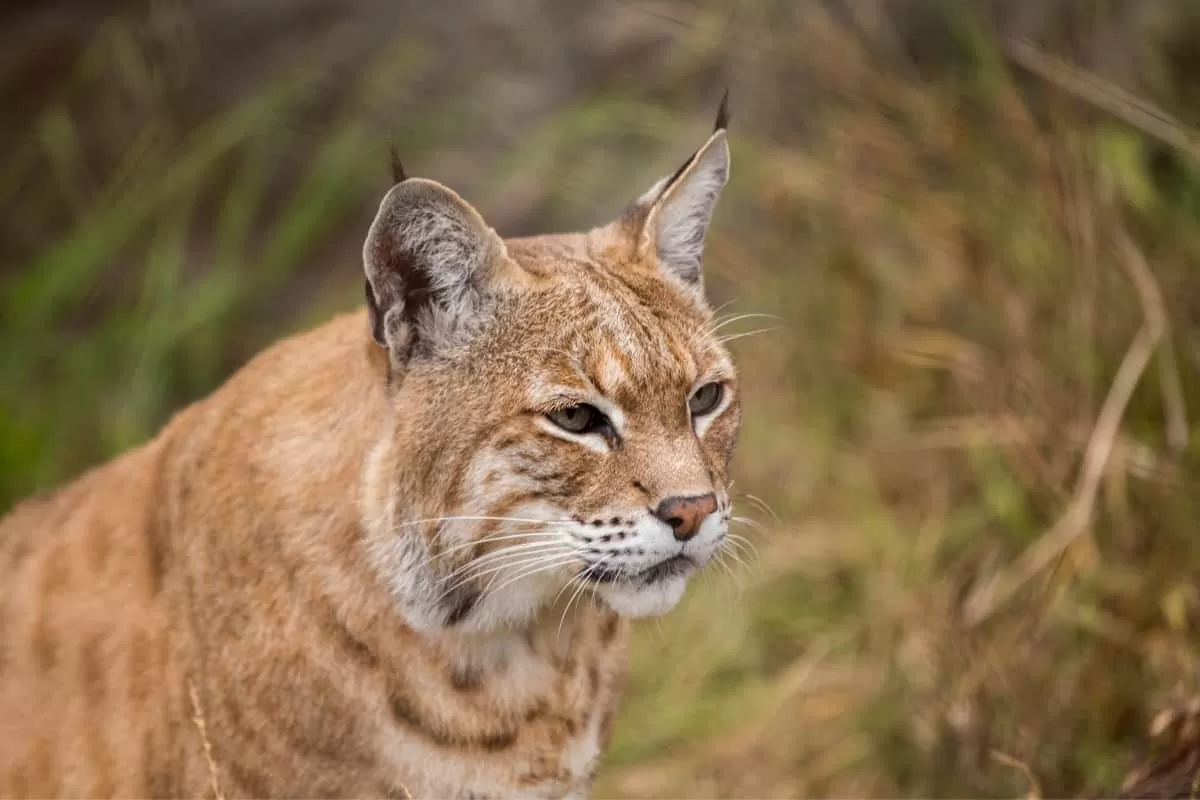
Bobcats sometimes exhibit a lot of dark reddish color which is almost the same as red foxes. That’s why these cats have also been named red lynx. It is the most prominent or common color of the bobcat. The reddish shade is present in almost the same area where the brown shade is already available.
b) Gray
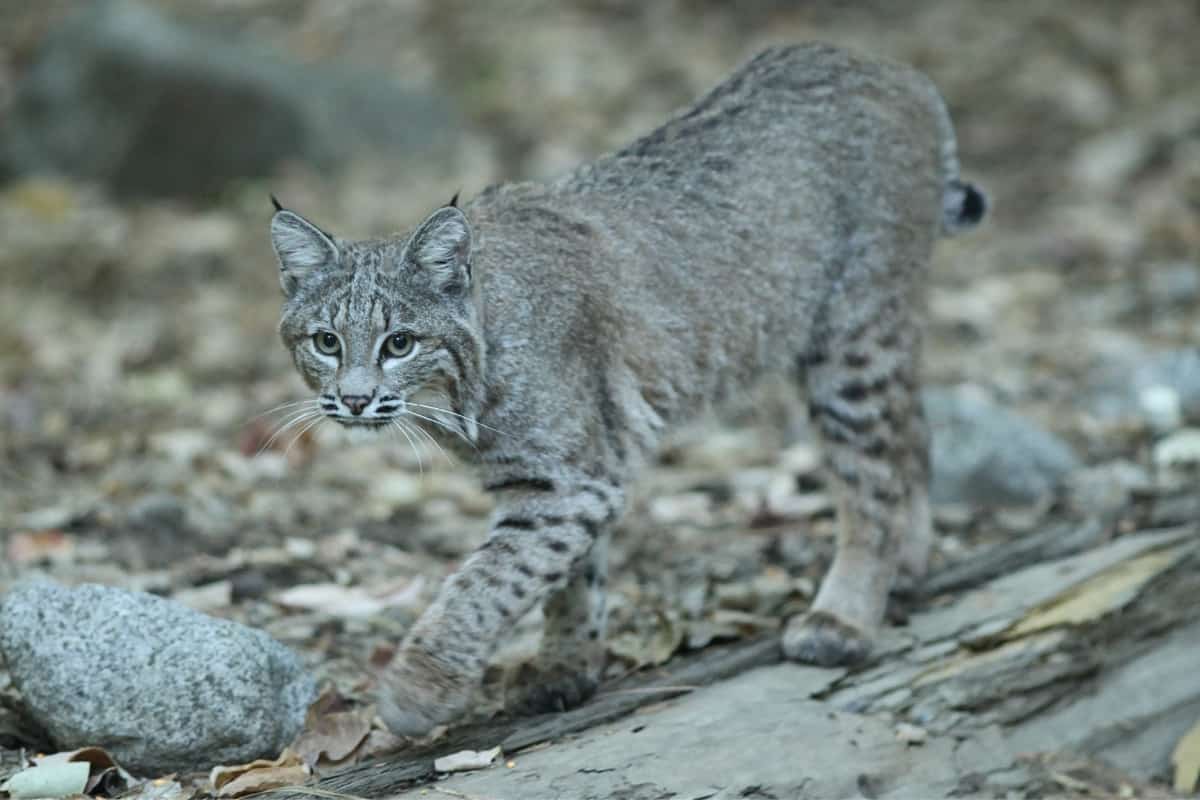
If bobcats have very pale colors or a mixture of whitish or tawny gray color, it comes in this category. Usually, bobcats who live in the desert or mountainous regions come with these types of colors. In this way, they can easily blend in the dusty and rocky environment and stalk their prey as well as keep themselves safe from their predators. In temperate or cold regions, bobcats’ coats adopt light gray color which gives them better camouflaging capability in the snow.
c) Brown
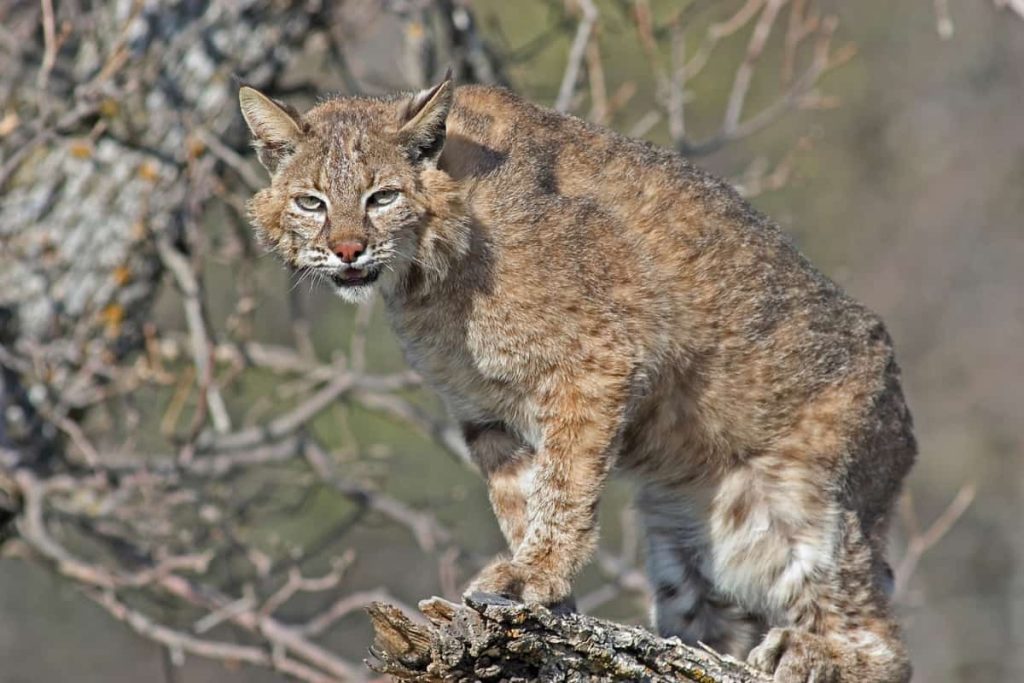
It is the most prominent color of the bobcat and all the bobcats exhibit this color at some time of the year. It might be light brown or dark brown in color. Sometimes, they also exhibit pale brown color which is the same as the color of mountain lions. Brown color bobcats are found in every habitat and it is also the most useful color for blending in the environment. On the northern side, bobcats come in dark brown color while on the southern side come in pale brown color.
2. Mutated colors
The mutation also happens with the color of the bobcat and resultantly they exhibit some distinct coat colors. There are only two mutated colors of the bobcats white and black. You can rarely find bobcats having these mutated colors. These mutations are called albinism or melanism. It actually changes the fur color of bobcats. Let’s have a look at the distinctive features of the black and white colored bobcats.
a) White bobcats
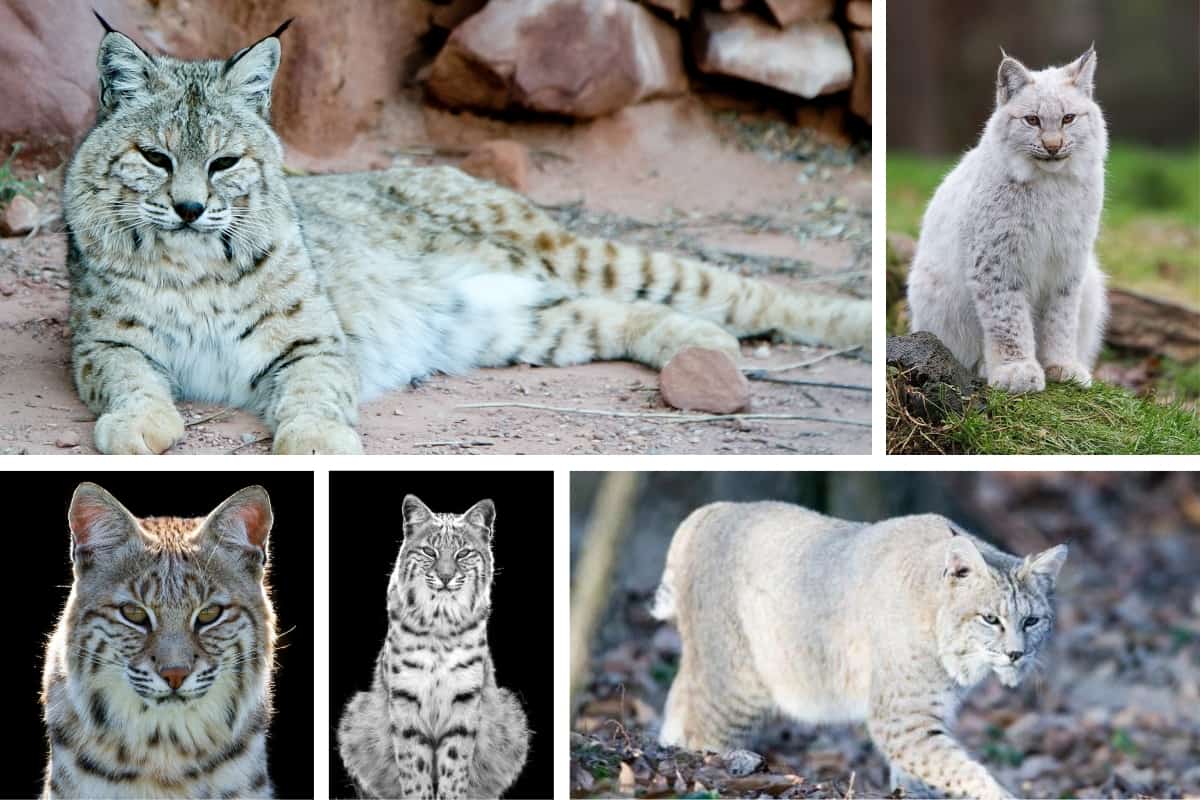
The white color of the bobcats appears due to the albinism phenomenon. This phenomenon prevents the melanism process. Bobcats also show white colors even without the albino’s process. Sometimes white Maine coon cats are also mistakenly taken as white bobcats.
There is actually truth or report exist about the presence of actual white bobcats. People usually declared the bobcats in winter coats as white bobcats but this white color happens due to seasonal change rather than a mutation process.
b) Black bobcats
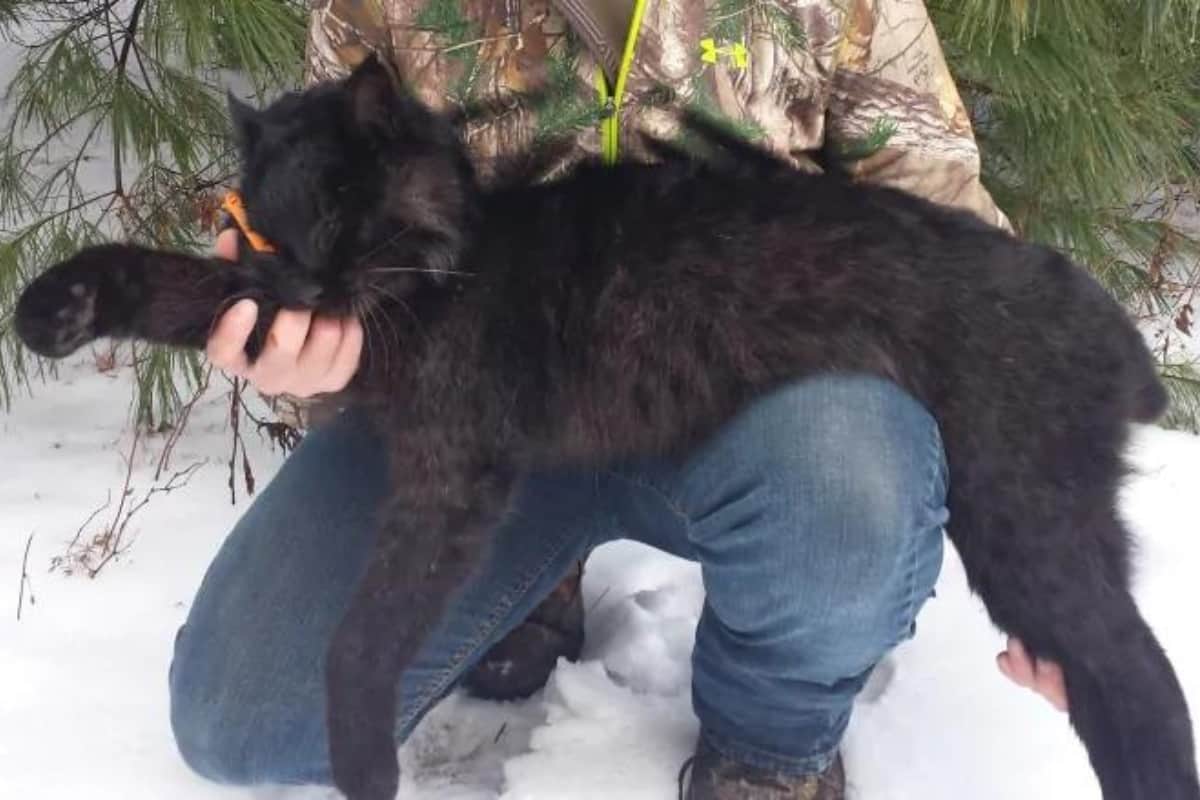
Black bobcats come into existence due to the melanism phenomenon. This process happens due to genetic mutations of the bobcats. The process of melanin in the skin of bobcats turns their skin color completely dark or black. These are extremely rare cats and only 20 black bobcats have been reported throughout the North American continent till now.
Sometimes people also intermix these cats with black panthers. Some minor spots and stripes could also be observed on the coat of black bobcats. These cats are mainly found in the Florida region of the USA.
Bobcat winter coat
Bobcat colors vary according to the season. In the winter, they also exhibit some colors which also vary from one region to another. Bobcats come with an off-white or light gray color in temperate areas where a lot of snowfall happens. Generally, the cats show shades of brown or red colors on their coats.
Bobcat summer coat
Same like in the winter, bobcats also exhibit various colors in the summer season which varies from one region to another. Generally, you will see reddish-brown colored bobcats in the summer season. In the summer season, bobcats have very dark colors pattern on their coats and fur.
Bobcats’ color differences on the basis of region
Bobcats are adapted to their local regions and habitats. These bobcats also change the colors of their coats according to the local conditions of any specific regions they have to face. In very cold temperate regions, bobcats exhibit very vibrant colors as compared to the colors of the bobcats residing in desert-type hot regions. In the forests of western Canada where there is a cold temperate, bobcats exhibit more dark and reddish color as compared to the deserts of the southwestern USA.
Eyes and Nose colors of the bobcats
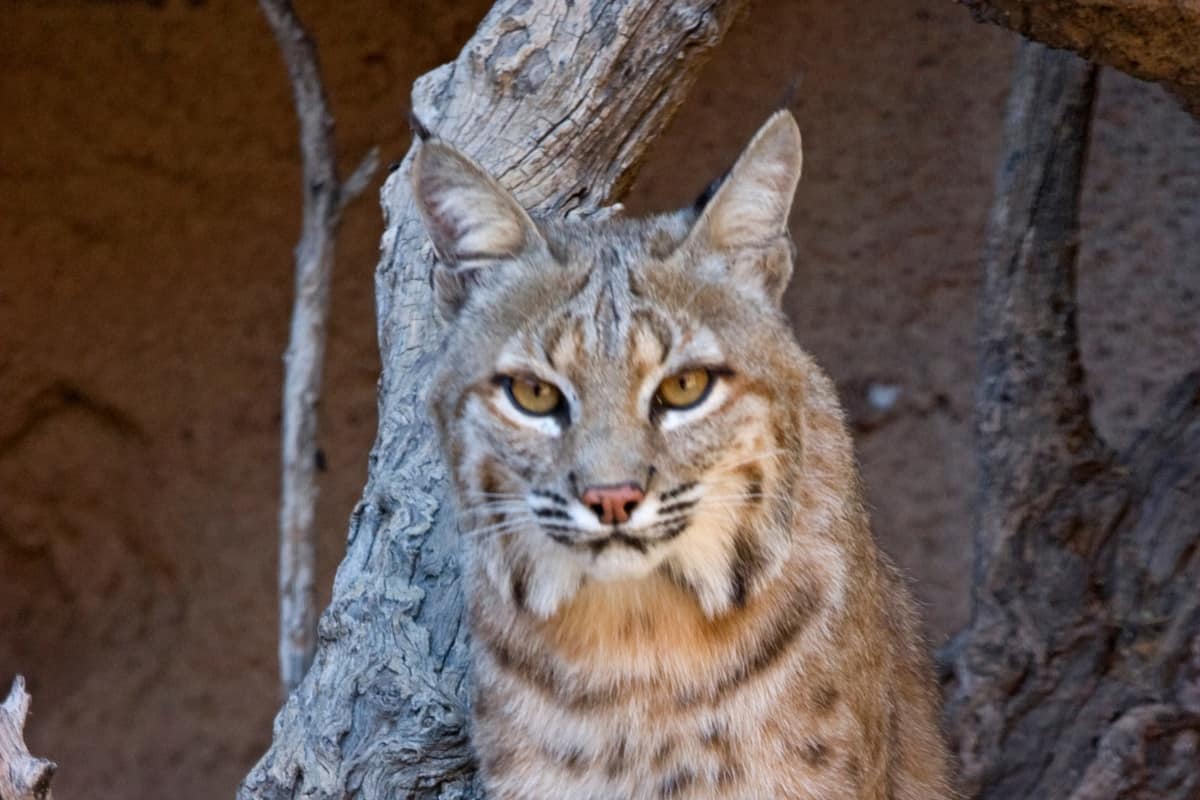
Bobcats come with yellow-colored eyes. These eyes have black colored and round shaped pupils which expand when the light enters into the eyes. In the white or albino bobcat, you can find reddish-pink eyes which is a very classic color. When it comes to the nose, bobcats come with pink or brown-colored noses.
Bobcats markings
In other spots, bobcats also come with marking stripes. The combination of these spots actually makes the markings. These markings are unique to every bobcat present in the wilderness. These marking stripes are highly helpful in the identification of the bobcats from each other. The spots and striped pattern of the bobcats vary from one cat to another.
These markings are greatly helpful for the bobcats to blend in the local environment. Bobcats can easily catch their prey stealthily with the help of these markings. These marking stripes usually exist on the legs, tails, side, back side of the tipped ears, and on the face side.
How do bobcats hide?
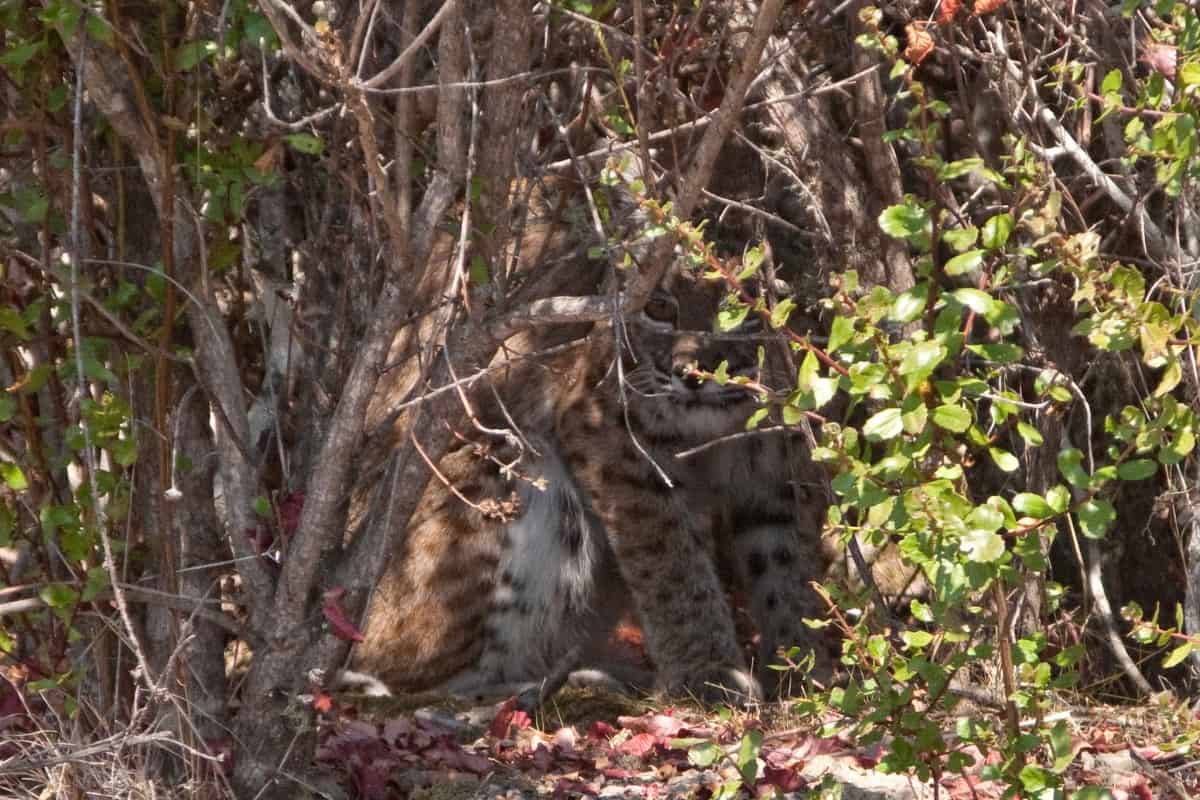
Bobcats can easily hide in the local environments with the help of their coat colors, patterns, marking stripes, and spots pattern. It is extremely hard to locate these camouflaged bobcats. Owing to their stealthy nature, you can rarely see these bobcats in the wilderness.
Most of the time, we can only hear the sounds of these cats in the forests. The color patterns of the bobcats also change according to season and region. On the southern side, bobcats have pale or light color while in the north comes with dark colors. In the summer, they exhibit more dark colors as compared to lighter colors in the winter.
What is the effect of lighting on the bobcat colors?
Lighting can play a very vital and dramatic role in changing your perceptions about bobcat colors. An experiment was also done on the changing color pattern of the bobcats in the winter season. In the morning under the sun, the bobcat was exhibiting a very prominent graying-buff color. This color suddenly changed in the afternoon and converted into a reddish color shade. It all happens due to the difference in lighting in the morning and afternoon time.
Frequently asked questions
Conclusion
Bobcats come with very unique colors. These colors are also the marks of their identification. However, the color of the bobcats changes from one season to another, one region to another, and from one weather to another. Thus, we can say there is no one constant color of the bobcat coat. Generally, they exhibit reddish-brown and gray color coats. The percentage of these colors varies.
Sometimes, they are more graying in color and at other times they are more reddish or brown in color. We have explained all the changing patterns of the bobcat colors. I hope this article helps you a lot in understanding the true bobcat colors.

Izzy is an experienced ranch worker who has a passion for exploring nature and getting up close to wildlife. With her connections to various animal organizations, Izzy is well-versed in animal care and rehabilitation.

